VAAST R/1 700c 105 review - just how well does a magnesium frame stack up?
A competitive price and weight from a magnesium alloy frame. As good as it is, it’s the next iteration that I’m most excited for
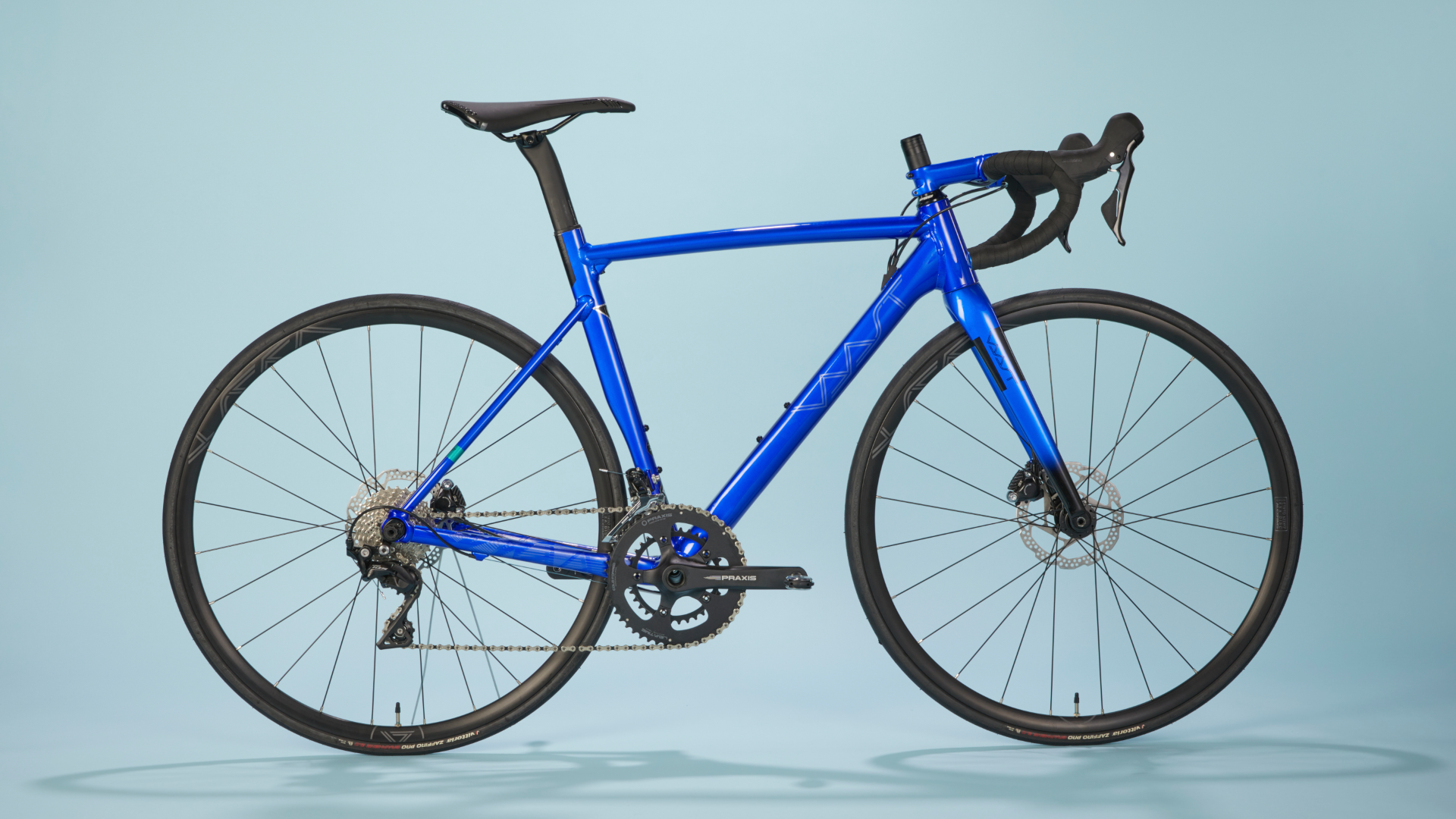
VAAST has done well with its R/1 - the price is quite competitive with other alloy bikes and the weight comes in a little lower than many of its rivals. Factor in the wide tyres clearances, threaded BB and subtle mounts for mudguards and there really is a lot going for it. Unfortunately, there are a couple of niggles - the cable routing is quite scruffy and gets in the way when out of the saddle, while the Praxis crankset doesn’t shift as well as a Shimano 105. If those points are addressed in a later generation, it stands to be a formidable option.
-
+
Lively ride
-
+
Relatively light
-
+
Reasonable price
-
+
Liveable features - mudguards mounts and threaded BB
-
-
Praxis chainset doesn't shift as well as full Shimano 105
-
-
Cable routing fouls on knees
You can trust Cycling Weekly.

At this point, most of us are aware of what the selling points are for each of the big four materials that most bike frames are made from.
But to give a quick recap, generally speaking, aluminium bikes tend to be reasonably robust, reasonably light and reasonably priced. Carbon bikes, on the other hand, tend to be lighter, more expensive and more delicate (yet also more repairable than aluminium).
Next we have steel bikes, which promise a ‘springy’ ride and rank highly for both durability and reparability - the downsides are the greater cost and weight compared to aluminium. Titanium bikes boast a similar ride and longevity to steel, whilst also succeeding in being rather lighter - though this is tempered by an even higher price tag still.
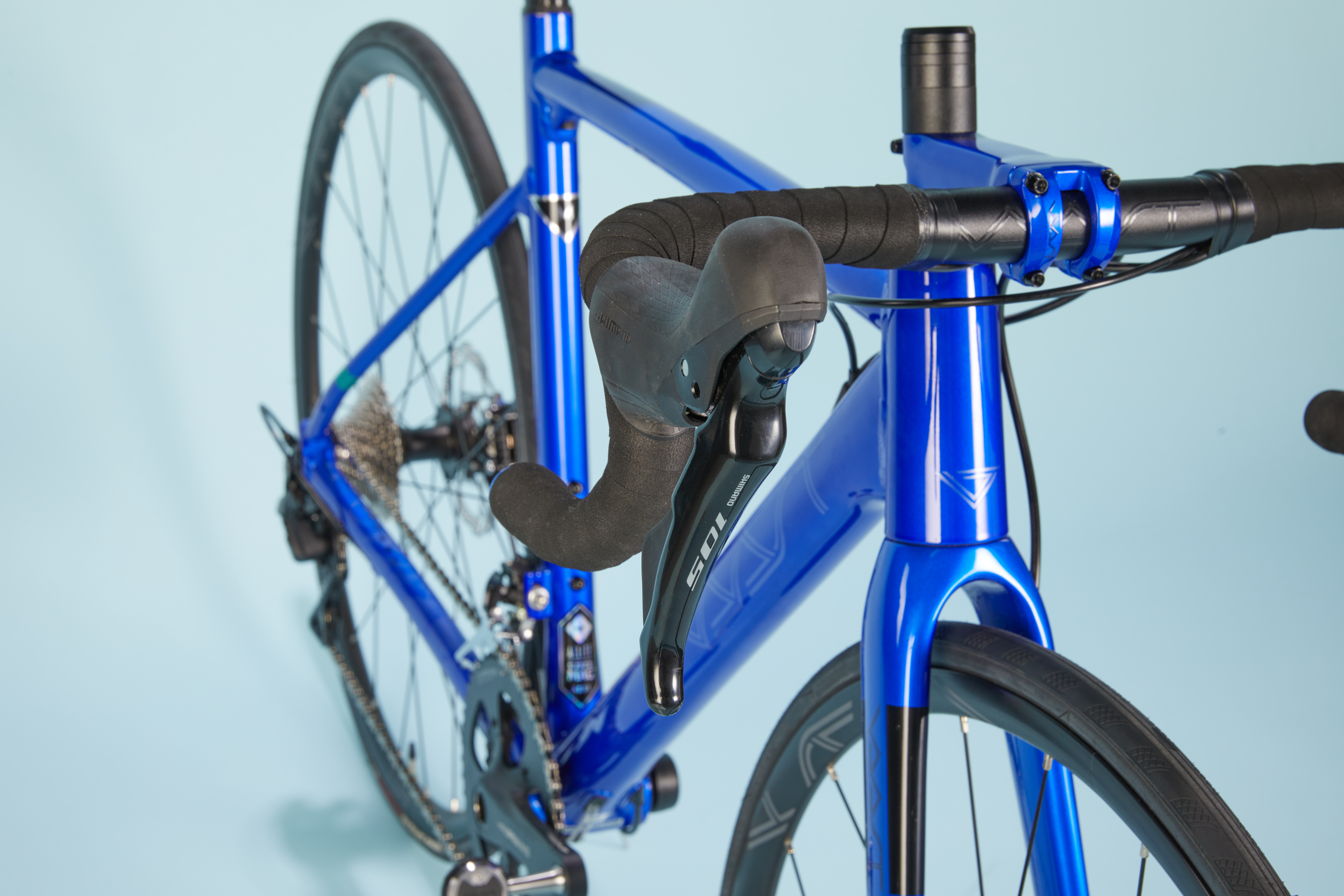
Now, VAAST hasn’t been around for long – the American company made its Eurobike debut only back in 2019 – but it has been making waves in its decision to build its frames with magnesium tubing.
Some might revel in being different just for different's sake, but VAAST claims that its magnesium alloy has a host of performance benefits – being lighter than titanium, stronger than steel and priced competitively against aluminium. For more details on the material qualities, you can delve into those on Allite’s website (which is the brand that supplies VAAST with its tubing).
Alongside the claimed performance benefits, magnesium is also easier to recycle than aluminium and VAAST has doubled down on reducing its environmental impact by using ‘fiber based, plastic-free packaging’ and partnering with Green Worldwide Shipping to offset the carbon emissions of its shipping.
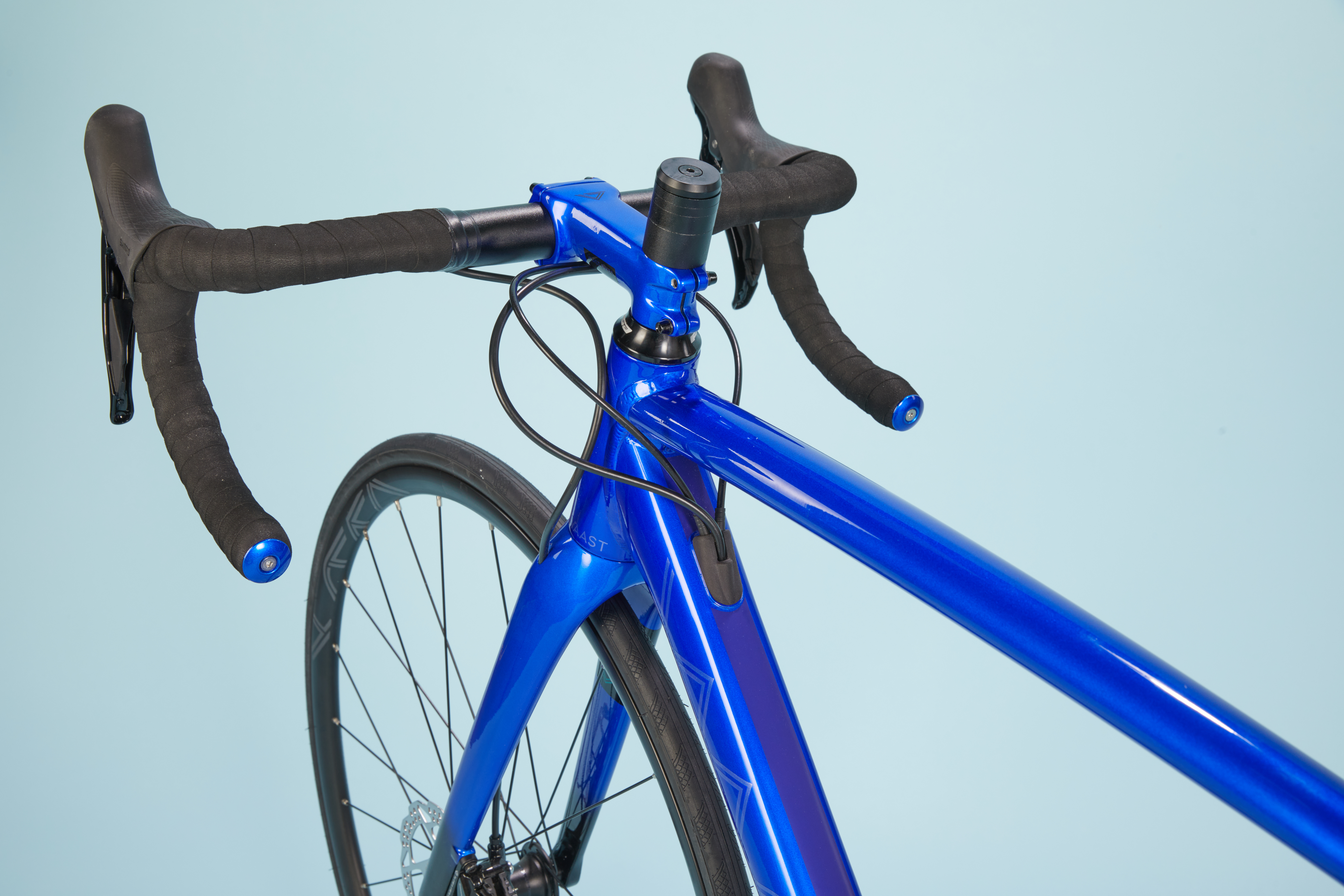
Of course, there is a precedent for magnesium frames: who can forget (or remember - depending what side of the generational divide you fall on) the iconic Kirk Precision from the 1980s? More recently, there was even a magnesium Pinarello Dogma up until 2009.
But neither of those examples really tell us what to expect from magnesium today. Is VAAST planning on pitching its magnesium frames against steel and titanium? Or is it going after the other end of the market and challenging those made from aluminium?
Well, the word from VAAST is that they are taking a shot at all three: boasting of the lightness, ride quality and affordability of their magnesium alloy. But how does it really stack up?
Weight and spec
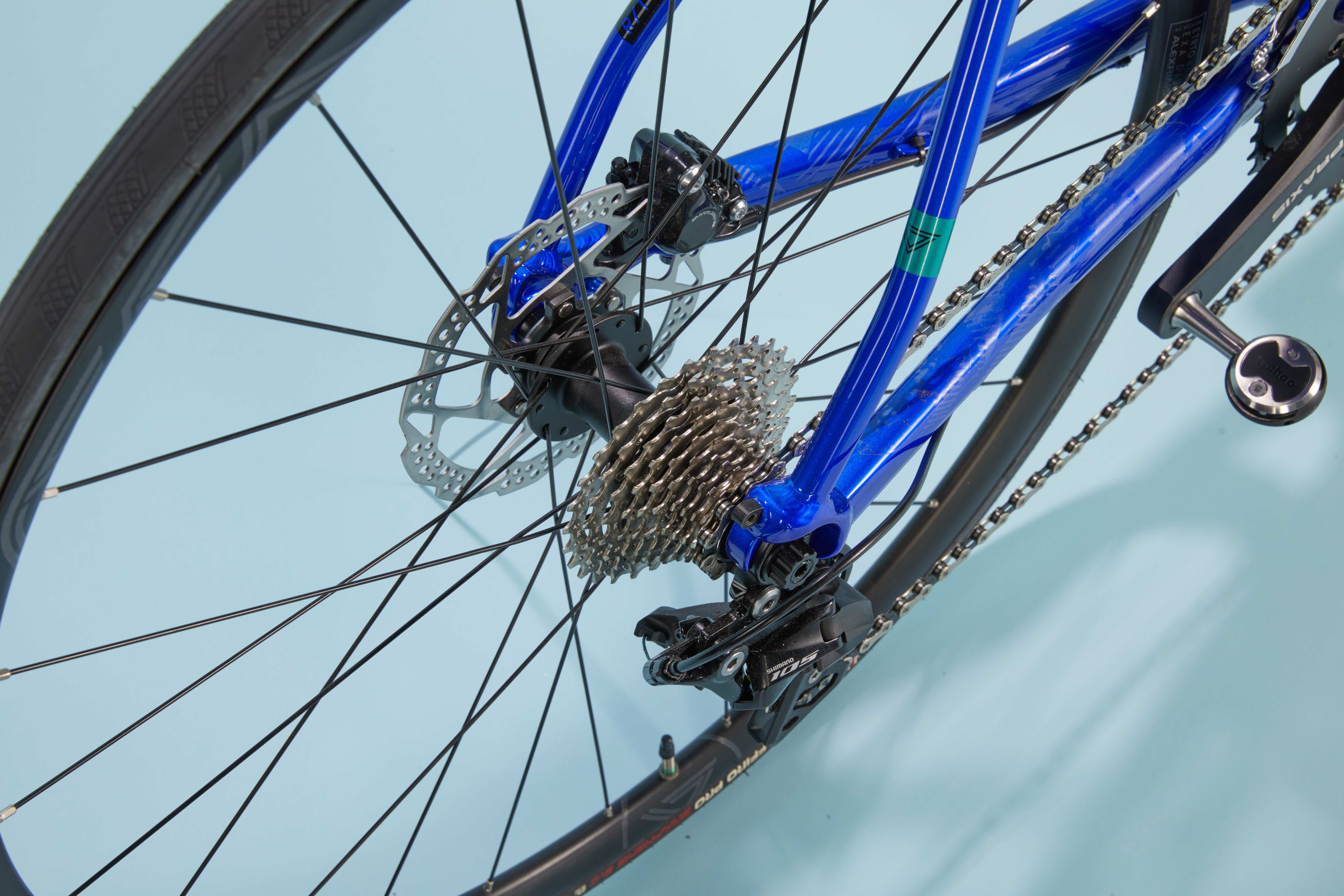
Let’s tackle the massive question first (if you pardon the pun). VAAST claims that the frame of the R/1 comes to 1,250 grams. This might not sound overly impressive when compared against the World Tour framesets that limbo under the 700 mark, but when you bear in mind that the lightest aluminium frames tend to come in at around 1,500 grams, to knock about 17 per cent off that is really quite impressive.
Now, although it might feel a little jumping-the-gun to run straight into how the VAAST R/1 stacks up against the competition in terms of price and spec, doing so will provide the all-important context for judging this build. Otherwise, as a mid-market model made from an unorthodox material, we’d find ourselves asking at every step: ‘is this actually “good”?’
So, on the one end, we have the aluminium Specialized Allez Sprint, which boasts a full 105 groupset, DT Swiss R470 wheels and weighs in at around 8.75kg, with a price tag of £2,900. Right at the other end, there is the Vitus Zenium CR. With a carbon frame, this bike also has a full 105 groupset but comes in at an impressive £1,599.99. The wheels are an OEM model, though, and the claimed weight is rather higher at 9.1kg.
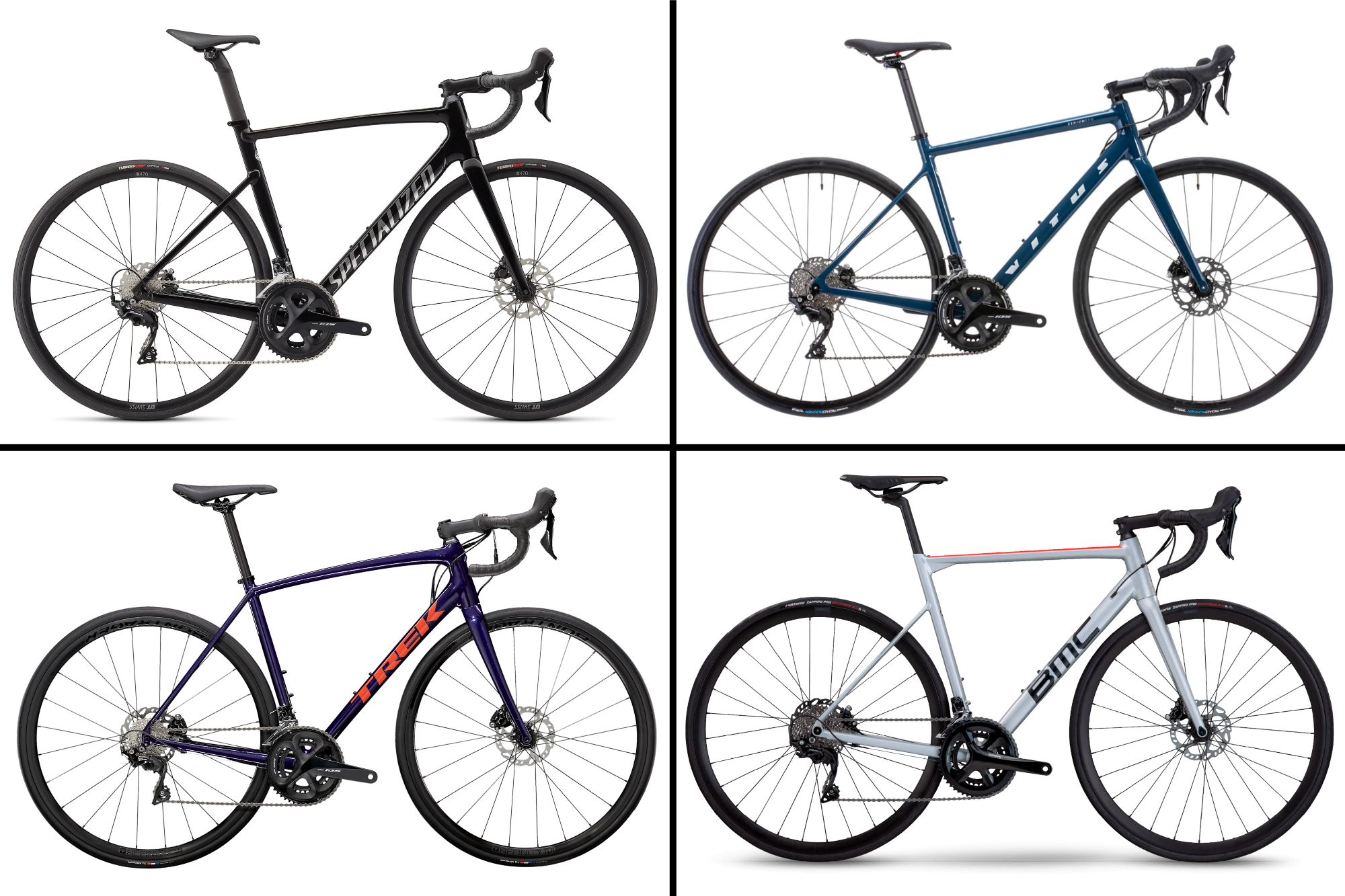
Clustering around the middle, it’s worth mentioning Trek’s Emonda ALR at £2,200 and 9.04kg, as well as BMC’s Teammachine ALR which comes in at £2,390.00 and 9.16kg. Both are fitted with full Shimano 105 and their respective OEM wheelsets.
With all that in mind, the VAAST R/1’s list price of £2,299.99 is towards the cheaper end of high-performance alloy bikes, whilst the weight is 8.93kg, the second lightest listed. Although neither is superlative on its own, when taken together the weight-to-price ratio is really quite impressive.
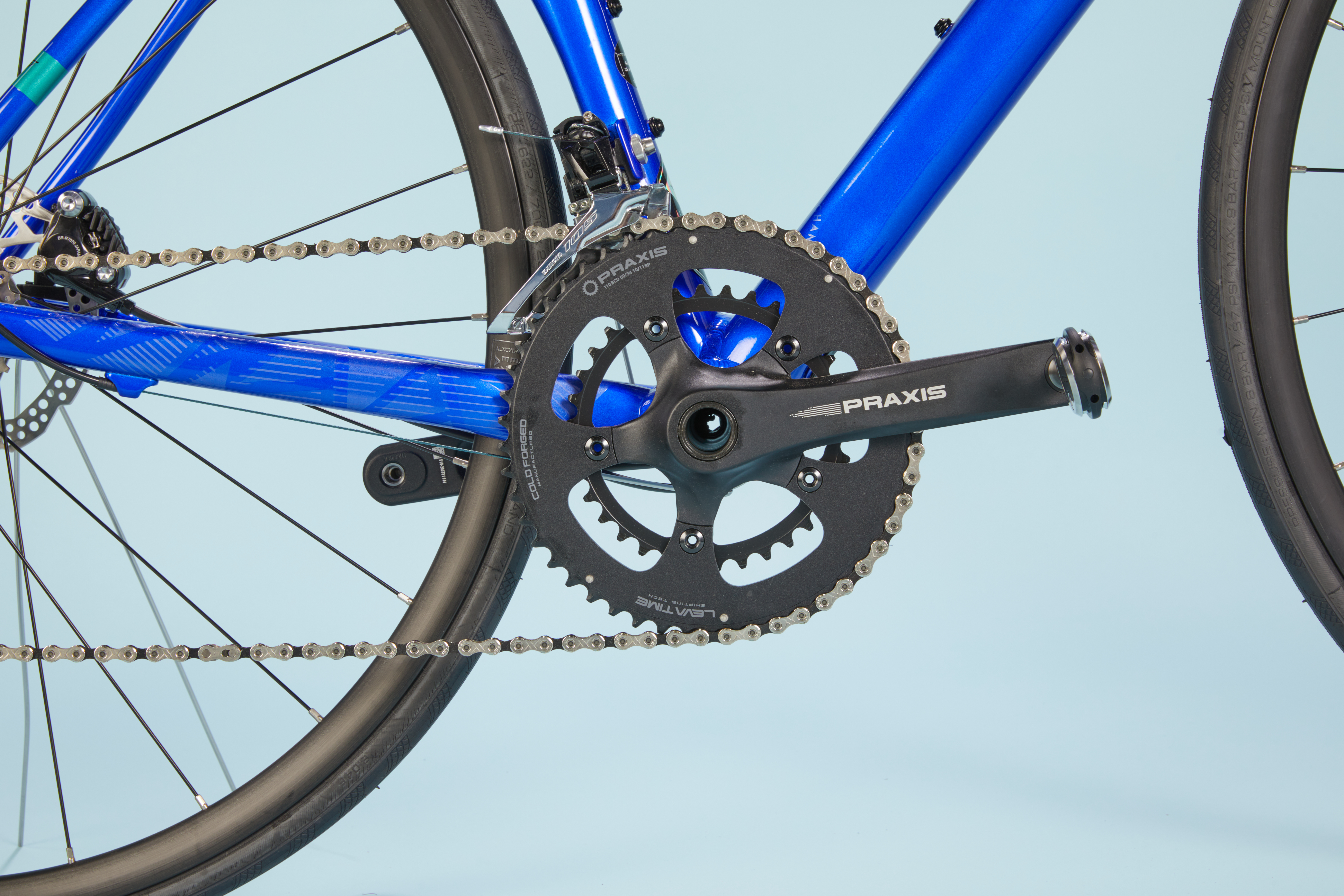
The rest of the spec is quite standard fare, with Vittoria Zaffiro Pro tyres in a 25mm width and a Prologo Scratch RS saddle. The handlebars, bar tape, stem, seatpost, thru axles - and even the rims - all bear the VAAST logo.
The gearing is well balanced with 50/34t chainrings and an 11-30t 11-speed cassette, providing plenty of range for hills and descents - without leaving large gaps between the sprockets. Equally sensible are the 160mm rotors front and rear for the hydraulically actuated disc brakes. Tyre clearance is listed as up to 30mm (you could probably go wider) and there are mounts for full length mudguards too.
Geometry
For some reason, cheaper frames rarely get given an aggressive geometry, even though the cost of manufacturing should be about the same. A case in point is the Vitus Zenium CR with its notably long wheelbase, due to the 415mm chainstays and 71 degree head angle. Builds such as this tend to carve around the corners, rather than turning on a dime.
In contrast, the four other bikes listed (all with prices over two grand) feature chainstays of 410mm and head angles that vary from 72 to 73 degrees - which is typical of a more agile build. The Allez Sprint comes in as the very steepest, whilst the R/1 and Emonda are jointly the slackest. BMC’s Teammachine ALR sits right in the middle at 72.5 degrees.
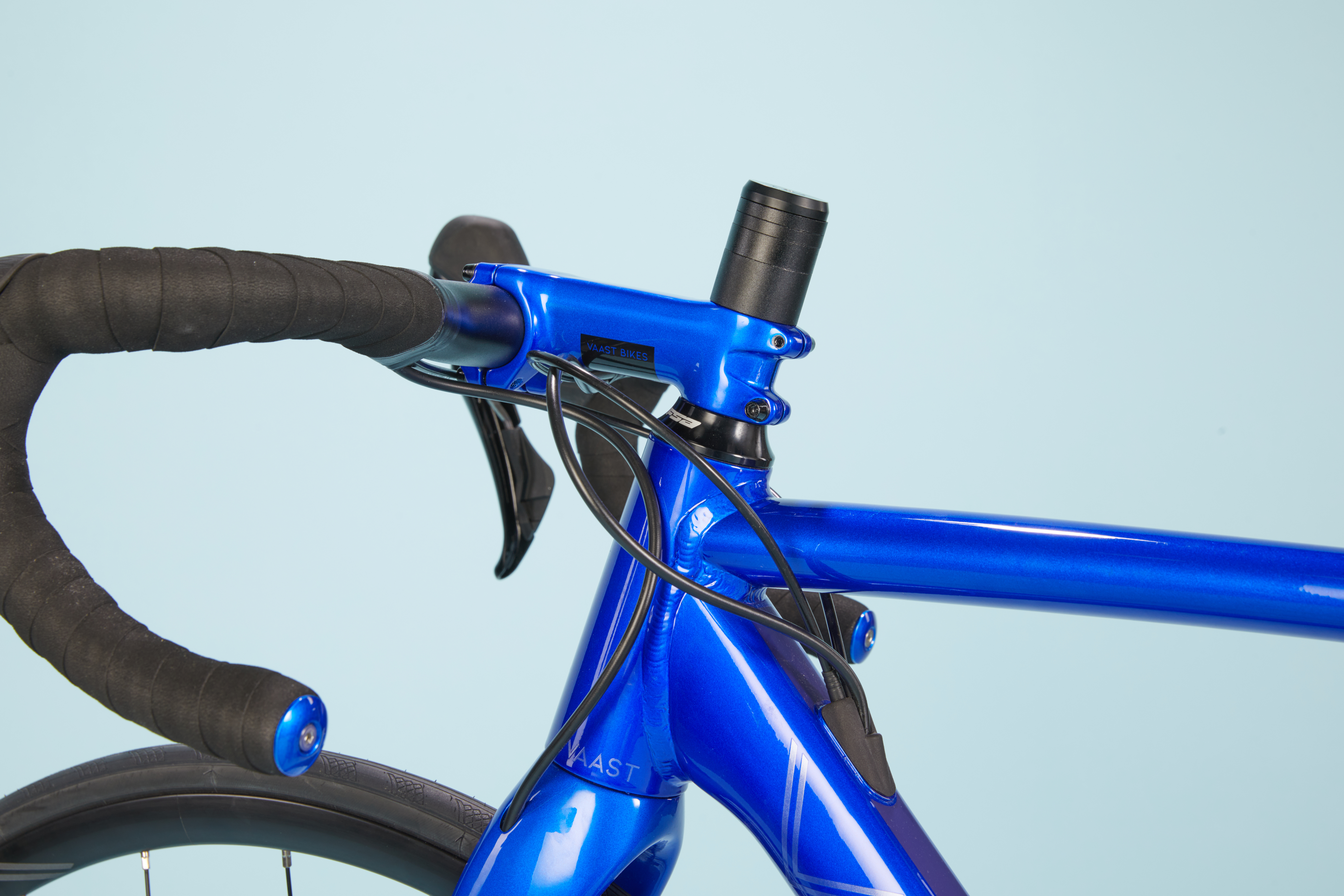
But in terms of the stack, the VAAST R/1 actually comes in the second lowest (the title is claimed - no surprise - by the super aggressive Specialized Allez), which allows for a lower and (potentially) more aerodynamic position.
All this is to say that my experiences riding the R/1 (which we’ll come on to next) are born out by the geometry. It’s a fast handling bike - but not so razor sharp that it’ll cut you if not paid sufficient attention.
You can ping it down the descents and I’d be more than happy racing on it. At the same time, the R/1 isn’t such a thorough-bred race machine that it’d make me shy away from using it for big mile rides - I’d even be comfortable enough to strap on a couple of bags for an all-weekend epic.
The ride
With the ballooning of tyre sizes across drop-bar bikes of all descriptions, those subtle differences between frame materials have become somewhat muted. With a 30c tyre inflated to 45psi, almost every bike feels like a magic carpet over (most) of Britain's B-roads - irrespective of whether the frame was made from aluminium, wrought from steel or popped out of a mould as a monocoque.
Ironically, though, the choice to spec narrow 25c Vittoria Zaffiro tube type-tyres - with their less-than-supple carcasses - meant that the ride was quite rattley. After a while, I swapped in some larger volume tubeless tyres and I was cruising around as normal. The moral of the story is: tyres have a greater effect on comfort than frame material alone.
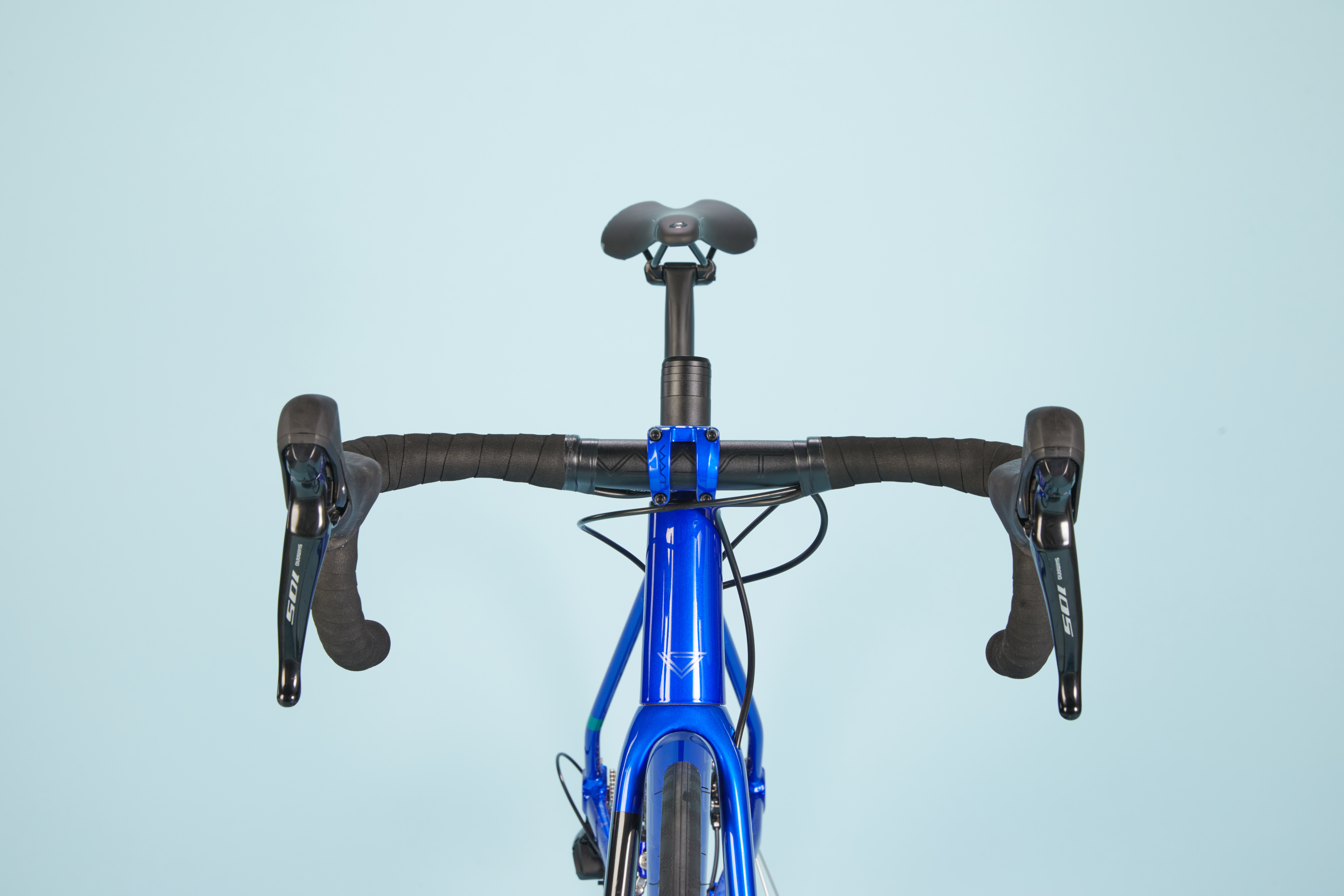
Being around the 9kg mark, the R/1 didn’t float up the climbs like a model knocking on the door of the UCI weight limit. But, nevertheless, it was still fast to accelerate - likely helped in part by the lack of (detectable) flex at the headtube or in the overbuilt stem.
On the descents, I felt confident and planted, able to make adjustments smoothly and accurately. It felt a good balance between speed of response whilst also being easy to control. That confidence was somewhat mitigated, though, on roads washed with loose gravel and dust - those hard and skinny tyres were prone to being pinged off-line and breaking grip. But again, this wasn’t an issue once I swapped out the tyres - which should really be the first upgrade.
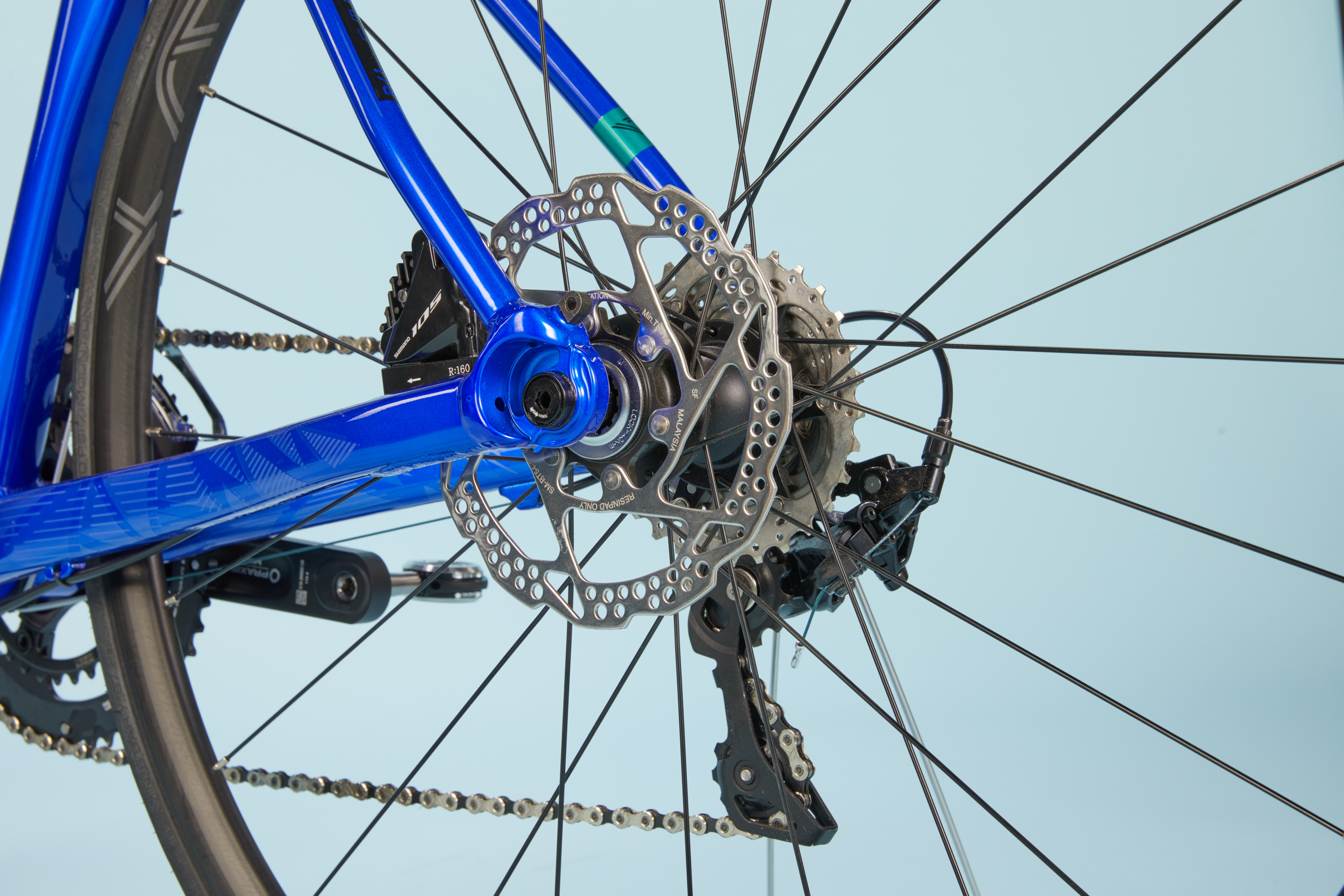
The R/1 did hold its speed reasonably well on the flat, although this would be improved by upgrading to a set of mid-section carbon wheels. Depending on the model, this could also lop a fair chunk off the total weight of the build - so you’ve got a really clear upgrade path there.
Of course, it’s almost a tautology that better wheels will improve a bike, but the R/1 is of a sufficient level that splashing out here would (in most cases) be complement to the bike - rather than risk outshining it.
Value
We’ve seen that the VAAST R/1 does sit at the cheaper end of high-performance alloy bikes, although it’s by no means the cheapest. The weight it manages to achieve at this price point is very impressive, although the lack of a 105 crankset is disappointing - the Praxis model simply doesn’t shift quite as smoothly as Shimano’s own.
It is possible to get a carbon bike with a better spec for much less, but this wouldn’t be quite as light or have as aggressive a geometry - so there is a balancing act to consider.
Verdict
Personally, if it were my money, I’d rather go for the BMC Teammachine and pay the penalty on the weight, but gain a 105 crankset, neater welds and cable routing that doesn’t hit my knees every time I get out of the saddle.
But read between the lines of that conclusion and the VAAST R/1 become a hugely promising proposition. Cables can be rerouted, a 105 crankset can be specced and frame builders improve with time.
If these changes were to be made, the R/1 would stand out against the competition as quite simply the better option - not as a novelty for using a different material. That’s a potential which is really quite exciting.
Specs
Frame: Road 700c disc, AE81 SuperMag, VAAST Road geometry, internal cable routing, fender ready. Up to 30mm tire clearance
Fork: VAAST Road full-carbon disc. Up to 30mm tire clearance
Groupset: Shimano 105 (Praxis Alba M24 crankset, KMC X11 chain)
Handlebar: VAAST Aero, butted 6061 aluminium, 74mm reach/116mm drop
Wheelset: VAAST Aluminium, Tubeless ready
Tyres: Vittoria Zaffiro Pro, 700 x 25mm
Saddle: Prologo Scratch RS
Seatpost: VAAST Carbon fiber
Weight: 8.93kg

Thank you for reading 20 articles this month* Join now for unlimited access
Enjoy your first month for just £1 / $1 / €1
*Read 5 free articles per month without a subscription

Join now for unlimited access
Try first month for just £1 / $1 / €1
Get The Leadout Newsletter
The latest race content, interviews, features, reviews and expert buying guides, direct to your inbox!

After winning the 2019 National Single-Speed Cross-Country Mountain Biking Championships and claiming the plushie unicorn (true story), Stefan swapped the flat-bars for drop-bars and has never looked back.
Since then, he’s earnt his 2ⁿᵈ cat racing licence in his first season racing as a third, completed the South Downs Double in under 20 hours and Everested in under 12.
But his favourite rides are multiday bikepacking trips, with all the huge amount of cycling tech and long days spent exploring new roads and trails - as well as histories and cultures. Most recently, he’s spent two weeks riding from Budapest into the mountains of Slovakia.
Height: 177cm
Weight: 67–69kg
-
 'I'll take a top 10, that's alright in the end' - Fred Wright finishes best of British at Paris-Roubaix
'I'll take a top 10, that's alright in the end' - Fred Wright finishes best of British at Paris-RoubaixBahrain-Victorious rider came back from a mechanical on the Arenberg to place ninth
By Adam Becket Published
-
 'This is the furthest ride I've actually ever done' - Matthew Brennan lights up Paris-Roubaix at 19 years old
'This is the furthest ride I've actually ever done' - Matthew Brennan lights up Paris-Roubaix at 19 years oldThe day's youngest rider reflects on 'killer' Monument debut
By Tom Davidson Published
-
 'One of the hardest races I've ever done in my life' - Tadej Pogačar finishes runner-up on Paris-Roubaix debut after crash
'One of the hardest races I've ever done in my life' - Tadej Pogačar finishes runner-up on Paris-Roubaix debut after crashWorld champion reacts to 'extremely hard' battle with Mathieu van der Poel
By Tom Davidson Published